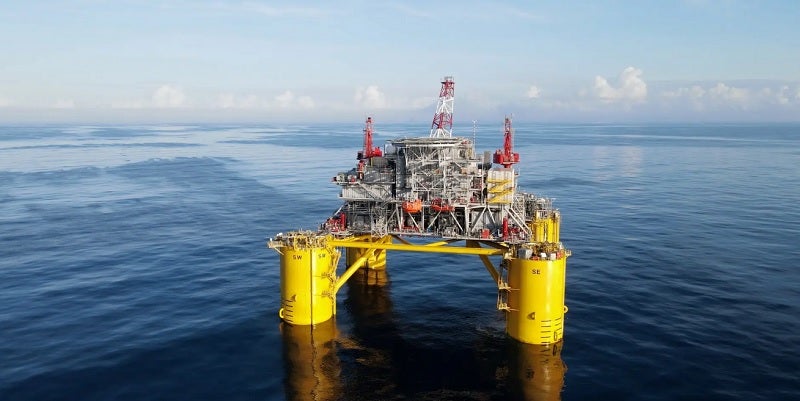
Shell, through its subsidiary Shell Offshore, and Equinor have commenced production at the Vito deepwater oilfield in the US Gulf of Mexico (GoM), less than five years after making a final investment decision.
The deepwater field, which was discovered in 2009, is producing through a semi-submersible floating production facility. It has an estimated peak production of 100,000 barrels of oil equivalent per day (boepd).
Operated by Shell, Vito marks the company’s 13th deep-water host in the Gulf of Mexico. Its development concept involved a four-column semi-submersible host facility with eight subsea wells with deep in-well, gas lift, and related subsea flowlines and equipment.
The Vito deepwater oilfield will produce into the Mars Pipeline system of Shell Midstream.
Shell upstream director Zoe Yujnovich said: “Vito is an excellent example of how we are approaching our projects to meet the energy demands of today and tomorrow, while remaining resilient as we work toward achieving net zero emissions by 2050.
“Building on more than 40 years of deep-water expertise, projects like Vito enable us to generate greater value from the GoM, where our production has amongst the lowest greenhouse gas intensity in the world for producing oil.”
Shell Offshore has a stake of 63.1% in the Vito development project, while Equinor holds the remaining stake of around 36.9%.
Discovered in 2009, the Vito field is spread over four outer continental shelf (OCS) blocks in the Mississippi Canyon. It is located at a water depth of over 4,000ft and is nearly 241km southeast of New Orleans in Louisiana.
The recoverable resource volume of the main Vito development is currently estimated at 290 million boe.
According to Shell, the Vito project will also serve as the design standard for the company’s Whale oil field development by replicating nearly 100% of its hull and 80% of its topsides.


